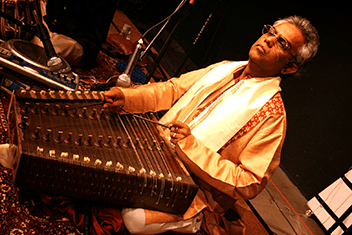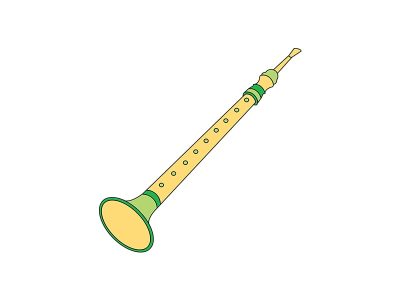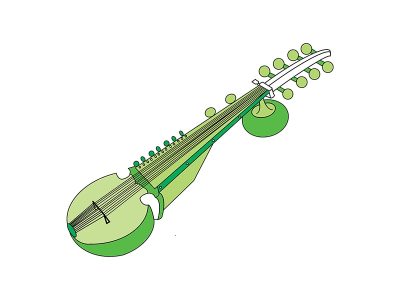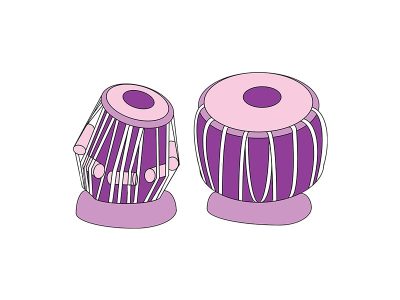What is the Santoor?
The Santoor’s name comes from the name Shata- tantric, meaning a Veena of hundred strings. It consists of a hollow box with twenty five bridges, each having four strings resting on it. It is played with the help of two wooden mallets known as mezrabs.
The santoor has traditionally been used in the music of the Kashmir valley as an accompaniment to Sufi music. It was brought into the classical tradition by Pt. Umadutt Sharma, who brought it into Hindustani classical traditions.
The modernised santoor, played by Pt. Shivkumar Sharma and his disciples has 31 bridges and 91 strings. The resonance is cut down by placing the instrument on the lap of the player, rather than on a wooden stand.
The santoor is a predecessor of the piano because it is based on the same principle of a mallet striking metal strings.
Did you know…
Similar instruments are found in different parts of the world, with different names. In China, the santoor is called Yang Quin, in Iran and Iraq, the Santoor, in Greece, the Santoori, in Germany Hackbret.
Where it’s from

Listen to the Santoor

Performer Name Tarun Bhattacharya
Musical Tradition North, hindustani
Website www.santoormaestro.com
In concert
Listen
Watch




























